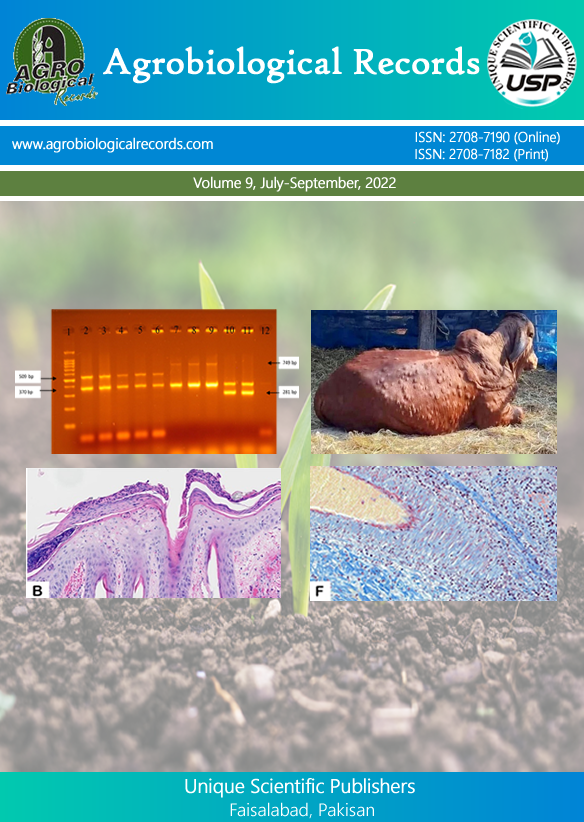
Redae Nigusse *1 and Emiru Birhane2
1Aksum Agricultural Research Center, Tigray Agricultural Research Institute, Tigray, Ethiopia 2Department of Land Resources Management and Environmental Protection, Mekelle University, Tigray, Ethiopia
*Corresponding author: reddae02@gmail.com
This study was conducted in Atsbi-wonberta district, Tigray, northern Ethiopia. The aim of this paper is to study the impacts of Acacia saligna (A. saligna) canopy on indigenous woody species diversity, herbaceous cover and biomass production. Systematic sampling methods were employed to estimate woody species diversity, herbaceous cover and biomass in 12 replications at 1m2 for woody species, and 0.25 m2 for herbaceous cover, and biomass production from underneath and away from A. saligna canopy. The experiment was composed of four treatments, and randomized complete block design was followed for woody species identification and herbaceous biomass productions. Shannon diversity index, Simpson’s diversity index, and Margalef’s species richness were used for diversity index estimation. Both woody species diversity, and herbaceous biomass were analyzed and compared using ANOVA between underneath, and away from the canopy at P<0.05. A total of 35 vascular indigenous woody species belonging to 22 families were regenerated naturally underneath and away from the A. saligna canopy. The outer segment of the A. saligna canopy showed significantly higher Shannon diversity than underneath (P<0.05). However, Margalef’s species richness, and Equitability of species did not show a significant difference (P>0.05). The herbaceous biomass was significantly varied, with 146.42g/m2 under the A. saligna canopy, and 247.17g/m2 away from the A. saligna canopy (P<0.05). It can be generally concluded that, the indigenous woody species diversity, herbaceous cover and biomass production was significantly affected under the canopy of A. saligna tree stand. Less light for photosynthesis and competition from tree roots for soil nutrients could be the main causes of the decline in herbaceous biomass and indigenous woody species diversity. Further studies should be needed on the soil seed bank and carbon stock potential under the canopy of A. saligna tree stand.